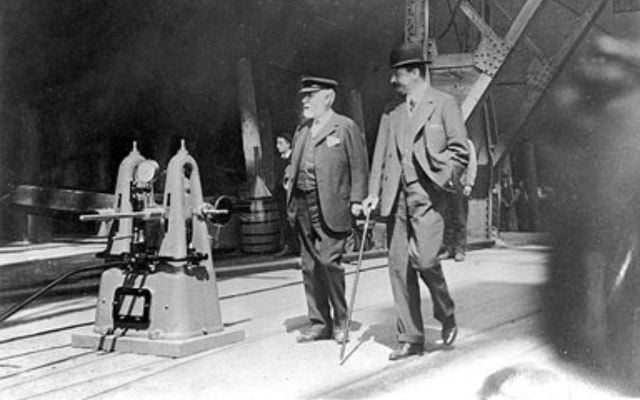
Leading lines are among the most effective tools in photography, offering a way to guide the viewer’s eye through an image while creating depth and focus. These lines can take many forms, such as a winding road, a row of trees, or even the interplay of light and shadow. By mastering this technique, you can elevate your photography, crafting images that are not only visually compelling but also rich in narrative.
Understanding how to use leading lines effectively allows you to create photographs that captivate attention and tell a story with precision and artistry. The video below from iPhone Photography School shows how to use Leading lines for photography. Perspective plays a pivotal role in how leading lines function within a photograph.

By altering your vantage point, you can dramatically change the way lines interact with your subject and the overall composition. For instance: Shooting from a low angle can make a pathway appear more dramatic, emphasizing its scale and drawing the viewer into the scene. A high angle can reveal intricate patterns, such as the symmetry of a cityscape or the flow of a river through a landscape.
The choice of lens further influences the impact of Leading lines. Wide-angle lenses exaggerate the convergence of lines, creating a heightened sense of depth and scale, while telephoto lenses compress the scene, offering a more subtle and intimate effect. By consciously adjusting both your perspective and lens selection, you can ensure that leading lines enhance your composition, effectively directing the viewer’s attention to the intended focal point.
Leading lines naturally guide the viewer’s eye through the frame, often directing attention toward the main subject. They create a visual pathway that makes the image more engaging and immersive. Common examples include roads, fences, rivers, and architectural features.
To add variety and dynamism to your compositions, consider incorporating: These create a sense of movement and elegance, adding fluidity to your image. These introduce energy and tension, making the photograph more visually striking. For example, a winding forest trail can lead the viewer’s eye to a hiker, creating a sense of journey and discovery.
Similarly, the diagonal lines of a staircase can emphasize architectural details, adding depth and intrigue. These elements not only guide the viewer but also establish a sense of flow, making your photographs more engaging and memorable. Framing works in harmony with leading lines to create balanced and visually compelling compositions.
By carefully positioning your subject within the frame, you can enhance both the narrative and the visual impact of your image. Some effective techniques include: Positioning the focal point off-center often results in a more dynamic and visually interesting composition, drawing the viewer’s eye naturally through the frame. Adjusting the frame to include or exclude specific elements can significantly influence the story your photograph conveys.
For instance, framing a subject with natural elements like tree branches or architectural features can create a sense of depth and context. A well-framed photograph not only captures attention but also invites the viewer to explore the finer details within the scene, enriching the overall experience. Light and shadow are essential components of photography, and their interaction can significantly enhance the effectiveness of leading lines.
They add mood, depth, and drama to your images, transforming ordinary scenes into captivating compositions. Consider these examples: The long shadows cast by the setting or rising sun can act as natural leading lines, drawing attention toward the horizon or a specific subject. Strong lines combined with silhouettes can create bold and striking compositions, emphasizing shape and form.
By observing how light interacts with your environment, you can use it to emphasize leading lines, adding an emotional and atmospheric dimension to your photographs. This interplay of light and shadow can transform a simple scene into a visually compelling narrative. Experimentation is essential for mastering the use of leading lines.
Small adjustments, such as tilting your camera slightly or repositioning yourself by a few steps, can significantly alter the alignment of lines and improve the overall composition. To push your creativity further, try combining multiple elements like perspective, framing, and light. Here are some ideas to inspire your experimentation: Use reflections in water or glass to create mirrored leading lines that add symmetry and interest.
Incorporate natural elements, such as tree branches or rock formations, to add layers of depth and texture. Experiment with unconventional angles, such as shooting from ground level or directly overhead, to discover unique compositions. The more you experiment, the more you’ll uncover new possibilities for creative expression.
This process not only refines your technical skills but also helps you develop a distinctive photographic style. Leading lines are more than just a compositional tool—they are a powerful means of visual storytelling. By mastering techniques such as perspective, framing, and the interplay of light and shadow, you can create images that captivate and inspire.
Attention to detail and a willingness to experiment will enable you to refine your skills, transforming everyday scenes into artful compositions. Whether you are a beginner or an experienced photographer, leading lines offer endless opportunities to elevate your work and leave a lasting impression on your audience. Here are more guides from our previous articles and guides related to iPhone photography that you may find helpful.
Source & Image Credit:.















